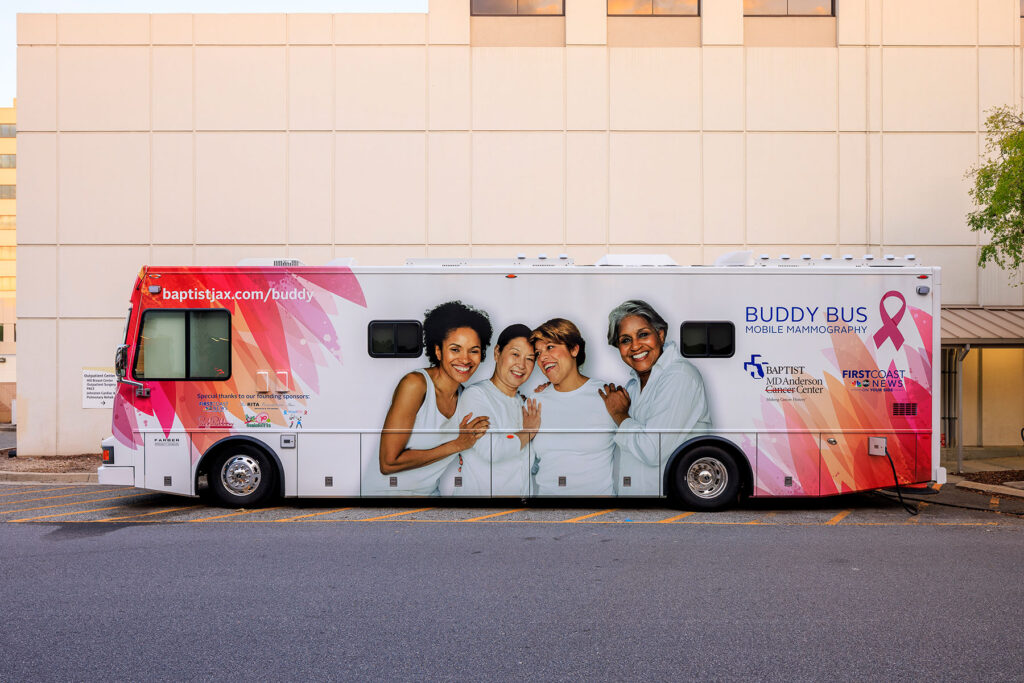Halloween and Trauma-Informed Care
Halloween can be a fun and exciting time, where the lines of fantasy and reality get a little blurry.
And while many adults enjoy a good scare this time of year, foster and adoptive parents know holidays are a time they have to be intentional with the kids in their life. Children who enter care or are adopted this time of year already know trauma and separation, but are also being hit with the extra stimuli of being in a new home with new rules, eating different foods than usual (usually lots of sugar) and the excitement/stress of holiday extras – all of which can trigger bad memories or a traumatic response.
We want the children in our care to feel safe and secure so they can enjoy this time of year as much as possible. Clear guidelines and new ideas can help families avoid potential triggers, making Halloween fun and safe for everyone.
- Talk it out. Ask youth in your care what previous Halloweens have been like for them – is there a favorite tradition they’d like to recreate? Have they been trick-or-treating before or does that not sound like fun? Just as you wouldn’t want to find out they’re allergic to peanuts when they’re eating a peanut butter cup, you don’t want to find out they’re terrified of spiders after you’ve hung lots of fake webs. When kids are involved in choosing things like decorations or costumes, what once seemed scary may feel more familiar to them, and their fears may feel more manageable with your support.
- Start now. If kids are interested in costumes and trick-or-treating, some outfits – including first responders or characters with weapons – may remind them of situations that caused them to be in care in the first place. Avoid it by sticking with ambiguous or strictly cute costume concepts – cats and pumpkins, for example, and probably avoid a mask. Overall, let kids take the lead on choosing their costume, and practice trying it on a few times before Halloween arrives so they’re familiar with it before the big night.
- Get involved at school. If your child’s school is planning any costume parades or movies in class, talk to the teacher now to see if guidelines can be set to rule out gory costumes or frightening stories. Teachers and room parents may not realize this is an issue unless you bring it up, much like with food allergies, and should be willing to have the conversation.
- More STEM, less spooky. Fluffy zombie slime, candy catapults and glow stick science are just a few of the activities you can try in October – this site offers a variety of projects from tiny hands to teens. (You never have to tell them they’re learning at the same time.) There’s always the traditional pumpkin painting or pumpkin carving, with toasted pumpkin seeds afterward.
- Saturday at the movies. Halloween is on a Monday in 2022, which means the weekend is a perfect time to stay up and watch some kid-friendly favorites. “It’s the Great Pumpkin, Charlie Brown,” “Monsters, Inc.,” “The Addams Family,” “Halloweentown” – even “E.T.” or “Labyrinth” can mix up the entertainment schedule without adding too much fright to the mix. Depending on your child, films like “Hocus Pocus” or “Coco” could be added, but whatever you watch, consider the themes (e.g. ghosts, death, family, etc.) before you push play. Click here to find other age-appropriate suggestions from CommonSense Media.
- Set expectations on trick-or-treating. Getting dressed up and knocking on strangers’ doors to ask for candy for hours at a time may not be the most fun activity your child can imagine this year, COVID-19 or not. If they’d like to trick-or-treat, keep it simple: go during daylight, visit just the homes of friends and family, and keep it short. Let kids know in advance you’re only going for a certain amount of time, not all the candy is being eaten tonight, and bedtime stays at its usual hour.
Updated: Oct. 21, 2022








